- Login
Critical Spatial Practice
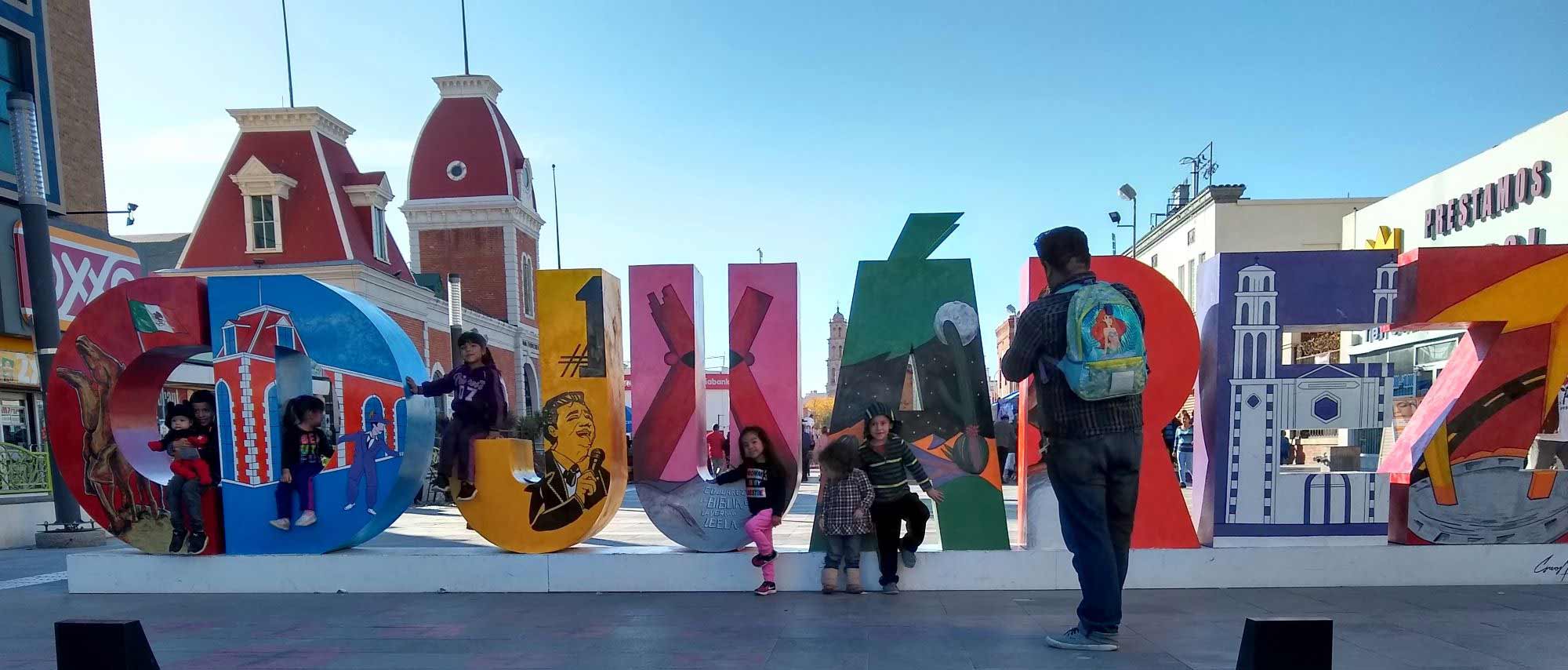
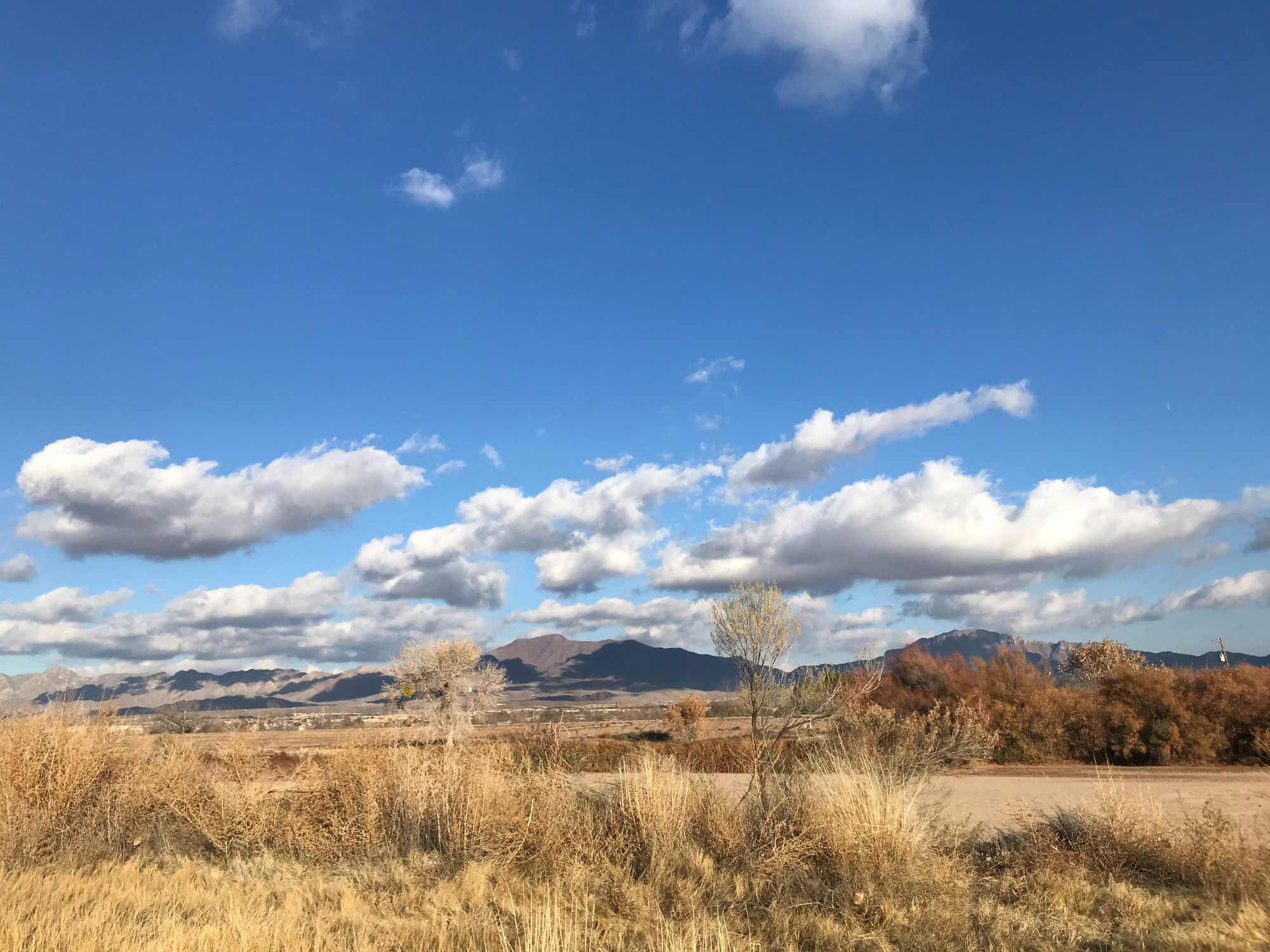
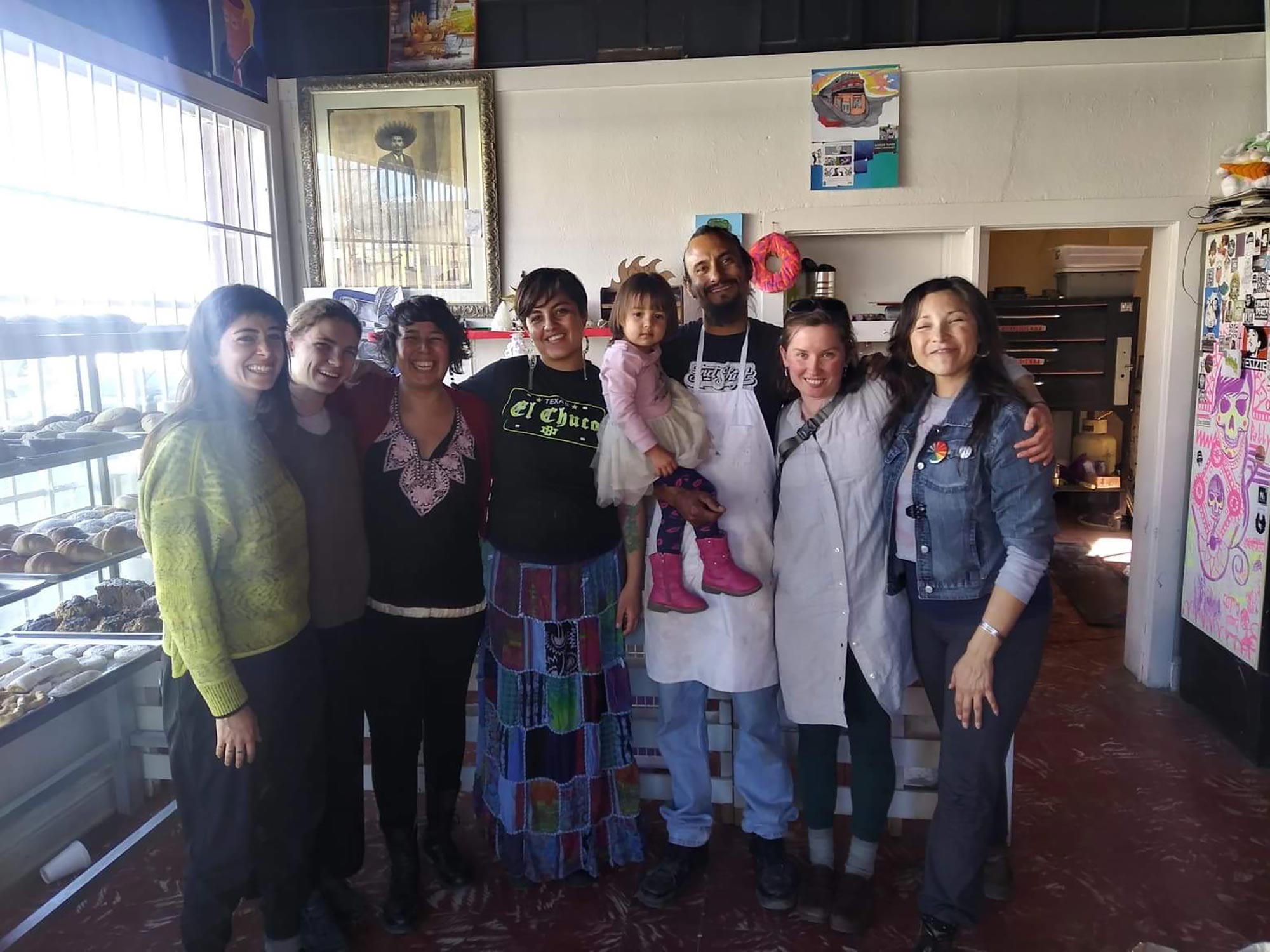
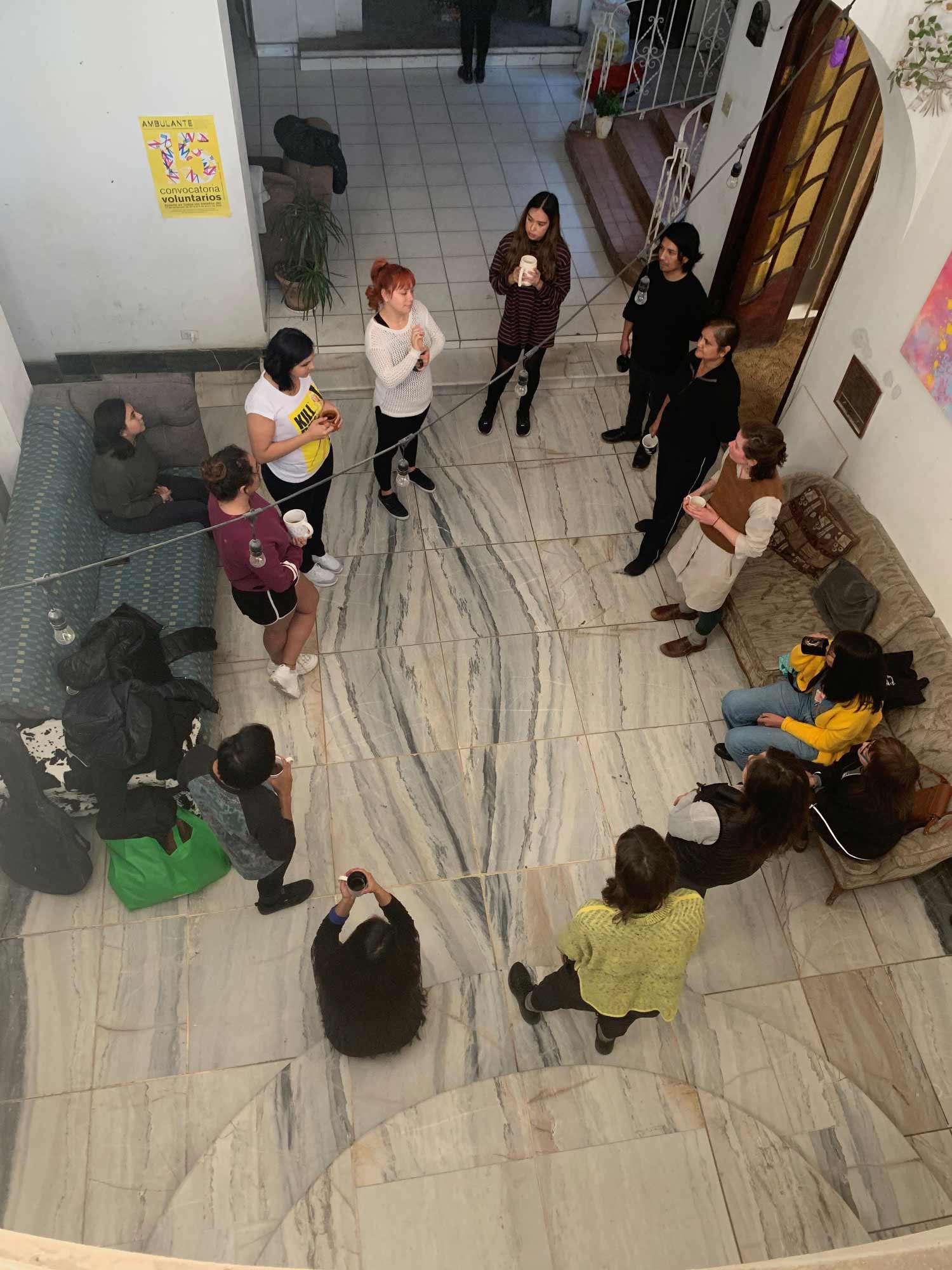
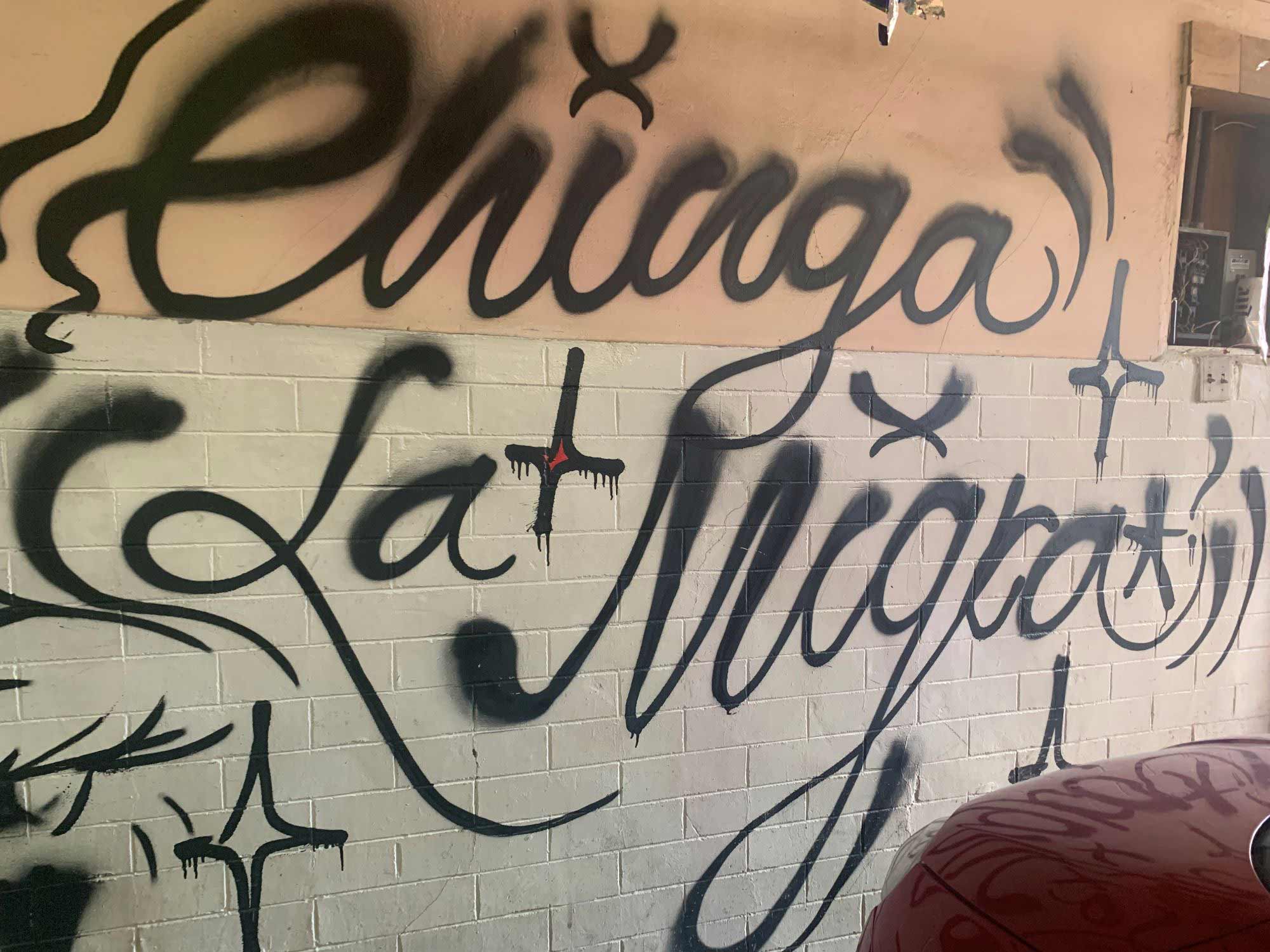
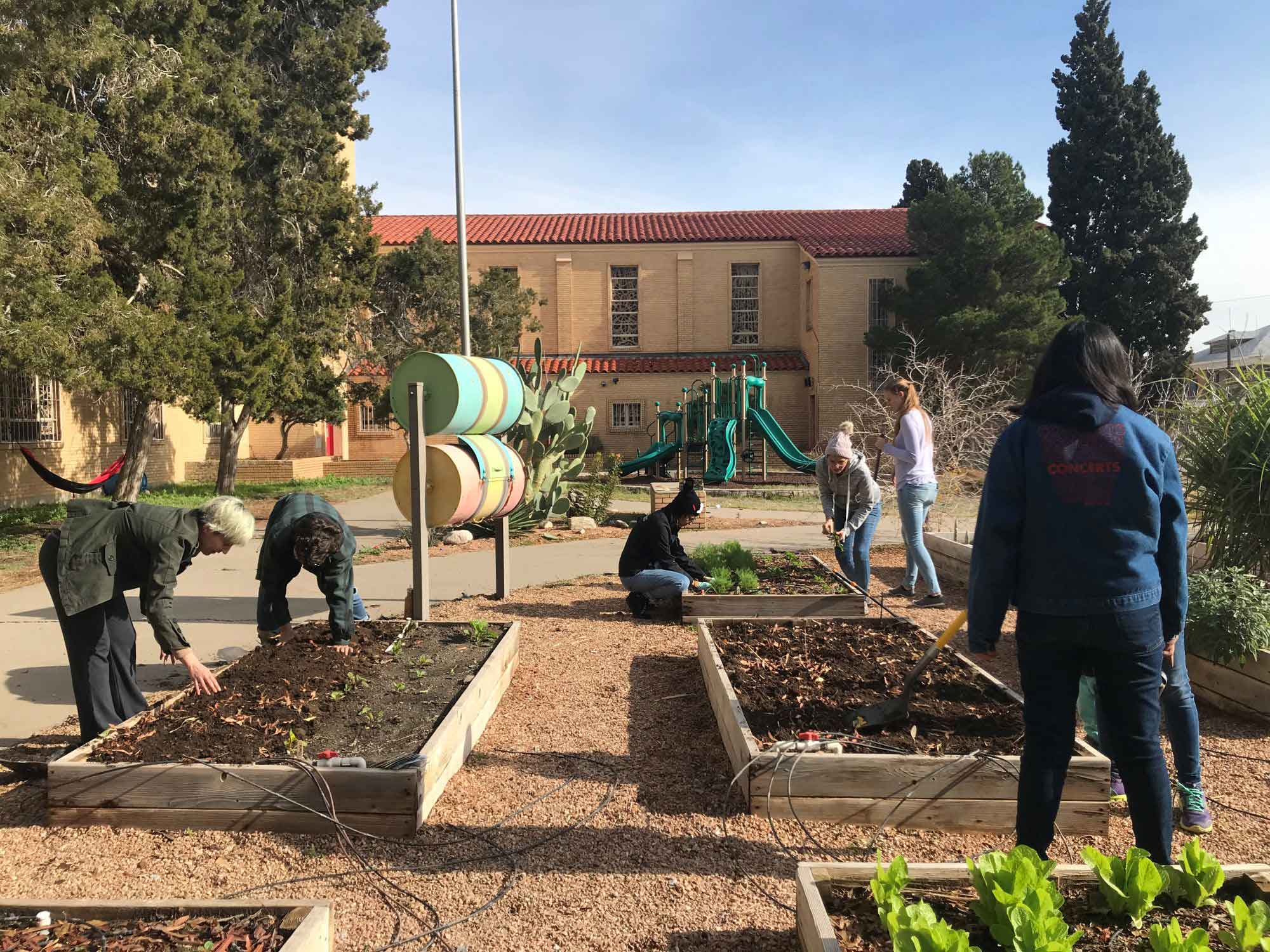
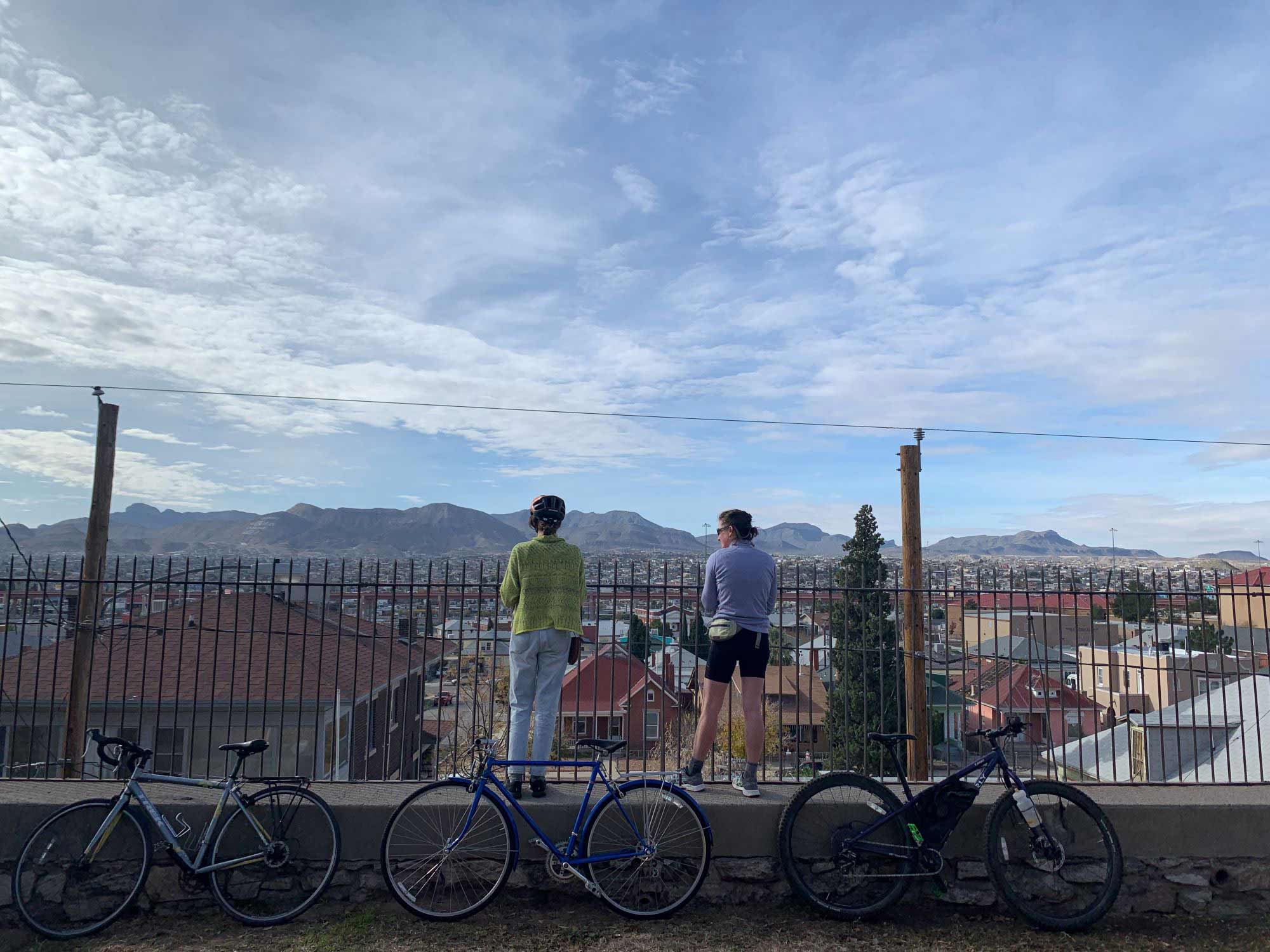
‘To be situated in place is to be engaged in a reciprocity where survival, both physical and spiritual, depends on our understanding of gestures … We do not live in isolation from the physical world around us. Nature beckons our response. It is in the doing, the being, the becoming that meaning is made. What becomes sacred is the act itself — not what remains. Something inexplicable is set into motion.’ (Terry Tempest Williams, The Hour of Land).
This project focuses on weaving relational networks of solidarity with communities located in the borderlands of El Paso/Juárez to critically examine the entangled embodiments of migration, human-made borders, and more-than-human ecologies. The project seeks to explore how engaging with states of liminality, indeterminacy, and relational attention affect the means by which we organize togetherness. The project emphasizes acts of witnessing and listening as ones that disrupt the violent erasure and unaccountability of the Colonial State. As movement artists, we pay attention to the movement of goods, resources, people, food, and water within a spectrum of timescales, from the urgent to the geologic. We participate by lending our hands to community-garden projects; by transporting goods, practices and ideas across borders; by guiding ourselves and others into communion with dry riverbeds, rising mountains, and ancient sea floor. We counter movements of desecration by contributing to practices of care, resistance, and defense of movement as a human right. We acknowledge and collaborate with ecological systems to further defy the legitimacy of human-imposed borders, and contribute to the healing of border consciousness and trauma.
Hungry Mothers is a trans-disciplinary collective developing modes of artistic practice that center remedial relations with Earth’s lands and waters in envisioning a future of collective liberation. See www.hungrymothers.org for bios of collaborating artists.
lisa nevada (MFA) is currently based in Lenapehoking/Canarsie (New York/Brooklyn) in Lenni Lenape Territory. she considers herself a naturalist, first, a movement and dance-maker, a collaborator and enthusiastic educator. through these various practices, lisa is gifted opportunities to meet, see, learn, and witness an array of humans and more-than-human kin. her encounters with these beings compel her to create movement offerings that highlight our innate relationship to place/Earth, and an urgent commitment to the health and restoration of plants & trees, soil, water and animals. through dance and voice, lisa aims to expose participants to a vocabulary of work that awakens meaningful reflection and imparts deep curiosity and care for Mama Earth. her current work, lullaby: an offering/ a cleansing/ a blessing, has migrated with her to Ciudad Juárez for a cleansing at casa centro 16 (CX16) and to Tio’Tia: Ke/Montréal for a Maqahatine curated by Ivanie Aubin-Malo. she is a spring 2020 resident recipient at Ucross in Wyoming where she will continue research for her project waiting for humanity. she has been conversing and collaborating with Hungry Mothers since 2018.
Tyler Rai is an improvisor, dancer, and collaborative artist currently based in Nipmuck/Pocumtuc Territory (Western Massachusetts, USA). Through performance and movement improvisation, her research questions how we embody kinship and relational empathy with the other/more-than-human-world. Her works have been performed at Judson Memorial Church, ARC Pasadena, SPACE Gallery, SWALE (a barge and floating food-forest), and The School for Contemporary Dance and Thought. She has collaborated with numerous artists and organizations including SlowLab (NL) and The Tri-Centric Foundation (USA). Her writings have been published in Culturebot and John Hopkins Medical Magazine for the Humanities, Tendon Magazine. A co-written work with artist Himali Soin will be published by MA BIBLIOTHÉQUE (LDN) this year. Rai is a founding member of the collaborative curatorial platform, ERRATICS, with artists/researchers Nina Elder and Hannah Perrine Mode, and is the instigator of the temporal collective, Hungry Mothers. She has been a guest-teacher at Middlebury College and a guest-lecturer at UMASS-Amherst. Rai received her BA from Bennington College and studied extensively with dance pioneer, Anna Halprin. Rai is a Tamalpa Life/Art Practitioner and facilitates ensemble-based performance with the Western Massachusetts chapter of Extinction Rebellion Red Rebel Brigade. For more information visit www.tylerrai.com.
Many of the practices we employ attune the body to serve as a receptive organism that can both sense and activate spatial realities. We attune our bodies through song, movement, and service in order to facilitate experiences that open dialogues with place, history, and remembered inter-connection. Through site-specific movement practices and performance, we engage with energetic inscription — allowing ourselves to be changed by place, and to leave prayers and blessings through offering behind. Through personal story, narrative, and ancestral practices, we seek to affirm the presence(s) of the mythic, the architectural, and the spatial as interwoven expressions of a pluriverse of which we are continuously shaping and re-forming.
Gloria Anzaldúa, Borderlands: La Frontera (San Francisco: Aunt Lute Books, 1999).
Braiding Sweetgrass, Indigenous Wisdom, Scientific Knowledge and the Teachings of Plants, (Minneapolis, MN: Milkweed Editions, 2013).
Terry Tempest Williams, The Hour of Land: A Personal Topography of America’s National Parks. First edition. (New York: Sarah Crichton Books/Farrar, Straus and Giroux, 2016).



































































